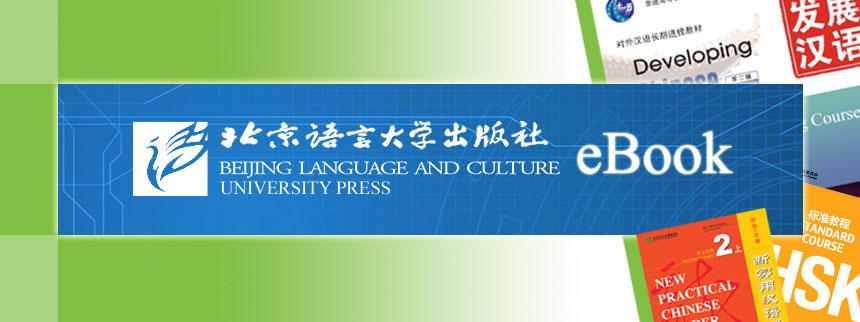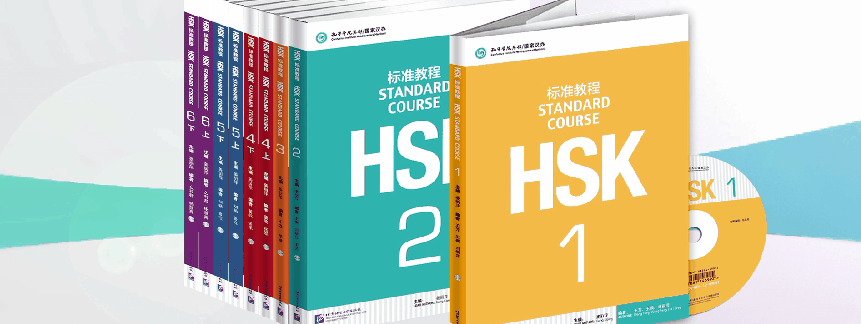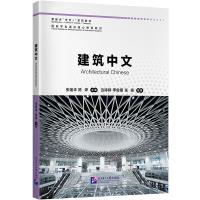Online Bookstore
Architectural Chinese
Author:Zhang Yanhua, Chen Ye
- Medium:Books,MP3
- ISBN: 9787561965764
- Page Count: 278
- Size:285 × 210 mm
- Pub Date:2024-08
- The book weight: 617 g
- Annotation Language:English
- Course:Comprehensive
- Target Audience(Age):
- Target Audience(Language):
- Price: 16.62$
-
Category: Textbooks >Study in China >Degree Education
Textbooks >Study in China >Selective Courses
More














